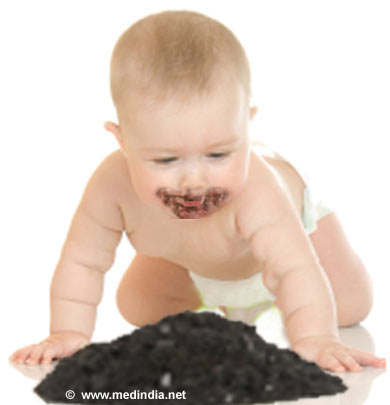- Young SL, Wilson MJ, Miller D, Hillier S. Toward a comprehensive approach to the collection and analysis of pica substances, with emphasis on geophagic materials. PLoS One. 2008; 3:e3147. PMID: 18773081 [PubMed - indexed for MEDLINE]
- Danford DE. Pica and nutrition. Annu Rev Nutr. 1982; 2:303-22. PMID: 6764733. [PubMed - indexed for MEDLINE].
General info About Pica
Pica is a complex behavior and refers to excessive / abnormal craving for normal food or for other substances not commonly regarded as food such as earth, charcoal, raw rice, ice etc.

It has been around for more than 2000 years. First documented by Hippocrates as early as 4th century BC,
Although the disorder has been around for some time now, our knowledge of pica is still poor. Most people who practice pica do not reveal it. Pica is mostly perceived as a mental illness by those who study it. Additionally, those who study pica are often biased and judgmental. Due to the above mentioned reasons, it continues to elude the treating physician and nutritionist.
The most common type of pica known is intake of earth/soil. This list has now been extended to include substances like baby powder, ash, chalk, charcoal, ceramics, paper, paint, and ice. Next commonly observed pica phenomenon is the consumption of uncooked starch such as corn starch, raw wheat flour, laundry starch and uncooked rice.
Children and pregnant women have been widely reported to exhibit pica behavior. Pica in adult men is relatively uncommon. The reason for low incidence of pica among males could be attributed to its victims converting to smoking or chewing tobacco.
The list of typical pica substances is mentioned below:
Uncooked food substances: This represents edible substances, consumed in uncooked form by those who practice pica such as corn starch, flour, ice (ice and freezer frost) and uncooked rice.
Non-food substances: This list includes substances that are normally non-edible and therefore, non-food items. Ash, baby powder, chalk, charcoal, earth/soil, pottery and plaster come under this category.








